MONTGOMERY – Six individuals – and for the first time in the program’s history, one couple, – have been selected as the 2025 Making a Difference Award recipients by the Alabama High School Athletic Association and the Alabama High School Athletic Directors & Coaches Association.
That deserving couple are none other than Bill and Judy Ayers of Rainsville, honored for the work they do to support and sustain Plainview High School athletics.
All the honorees were nominated and selected for their impact as exemplary role models in their schools and communities where they serve.
This year’s class was announced by AHSAA Executive Director Heath Harmon. Each honoree will be recognized at the 2025 AHSAA Summer Conference Championship Coaches’ Awards Banquet, which will be held Thursday night, July 24, at the Montgomery Renaissance Hotel and Convention Center at 6 p.m.
The Making a Difference Award was established in 2011 by then AHSAA Executive Director Steve Savarese in conjunction with the AHSADCA to recognize individuals who go beyond their normal duties as a coach, teacher, or administrator to make a positive impact in their schools and communities. This year’s recipients include one school system superintendent, one track and field coach, one tennis coach, one girls’ basketball coach, two assistant coaches, and for the first time, a husband and wife who have served in various capacities from cheerleader sponsor to team statisticians for half a century.
“The recipients in this 2025 Making a Difference class are excellent examples of men and women who have dedicated themselves to serving students with positive reinforcement, kindness and compassion,” said Harmon. “Qualities considered for this prestigious award include the recipient’s character, integrity, determination, sacrifice and service, all of which have enabled them to have a life-changing impact on the students, school and communities which they serve.”
Plainview High School’s Bill and Judy Ayers, this year’s Class 4A co-recipients, have embraced that mission for more than 50 years. Described by Plainview High School girls’ basketball coach Luke Griggs as “the most well-known and most beloved couple in Rainsville whose value to the school, its athletic programs and community cannot be understated.”
Judy Ayers has served the DeKalb County School System for 53 years as a Plainview High School faculty member. Her roles have included various capacities ranging from classroom English teacher, cheerleader sponsor and librarian – which she has served for the past 40 years. Bill Ayers served as a teacher and administrator, retiring from Plainview High School in 2008 with 32 years of service. He and his wife have continued to be the school’s basketball team statisticians – working from the bleachers – for more than 40 years. During that time, they helped document Plainview’s basketball program’s 3-point shooting records that are noted throughout the AHSAA Record Book and the NFHS National Record Book,
“The things that I do for Plainview are the things that I believe in and things that I enjoy doing,” said Bill Ayers. “These things can be sports related, but they do not have to be sports related. I am a part of many events at Plainview High School. As I grew up, my parents taught me to help others. I helped neighbors with various tasks from working in a chicken house, weeding, and harvesting gardens, mowing yards, or pumping gasoline at a nearby service station. Helping others was something I did as an everyday experience.
“When Terry Mitchell asked me to help him by keeping basketball stats and records in the 1970’s, I said yes. He and I devised a system which I still use today for basketball stats after 48 years. Later on, I was asked to keep football stats by Coach (Dale) Pruitt, and I stayed on the sidelines for many years.
“The greatest gift for doing the stats is watching the players’ faces when I read the stats to the coaches and players at half-time. Also, seeing the athletes years later and they come up and give us a hug or ask how we are doing, is a big reward for both me and Judy. This is what I call “BEAR PRIDE”! I have been a Plainview Bear since I began school at Plainview in the second grade and plan to remain a part of Plainview in coming years.”
Judy Ayers echoes her husband’s sentiments. “My life-long association with Plainview High School and its students began humbly in 1972 when I was hired to teach science and history, neither of which was my secondary education major. Four years later, the principal asked me to work with the varsity cheerleaders long enough for him to find someone who wanted that responsibility. Twenty-five years passed without that person coming forth,” she said with a smile.
“In the meantime, I learned about cheerleading, Bill became a teacher at Plainview, and we both became invested in the lives of the students at Plainview. We saw that students needed direction, support, respect, and appreciation for their interests, their talents, and their hard work. We had the time, energy, and love for giving all of that…AND IT WAS FUN!“
She adds, “Over my 53 years at Plainview, I have worked with many students in various capacities including coaching cheerleading, keeping basketball stats, coordinating graduation ceremonies, advising student publications, sponsoring proms and plays, encouraging a love for reading, and teaching oral and written ELA skills. These activities have given and continue to give me the chance to see students reach personal goals, achieve what seemed impossible to them, expand their worlds, be their best, and receive recognition for their work.”
This year’s class brings the total recognized in the AHSAA “Making a Difference” program to 101 since the first class of recipients in 2011.
One recipient from each of the AHSAA’s seven classifications was selected from approximately 75 nominations submitted by AHSAA member schools and other support organizations or individuals. This year’s recipients are:
•CLASS 1A: JOHNNY ‘CAL’ YOUNG: A former Brantley High School student who has provided his alma mater exemplary service as an assistant coach over the last 30 years for virtually every athletic program at Brantley High School – including boys’ and girls’ basketball, softball, baseball, and football.
•CLASS 2A: DALE CARRELL: A veteran track and field coach at Westminster of Oak Mountain School who has set an example of faith and courage through his long-time service and impact as a teacher, administrator and coach for the Christian school located in Shelby County.
•CLASS 3A: HALEIGH WOODARD WILLIAMS: Lauderdale County High School’s tennis coach – who has built the girls’ program into the top Class 1A-3A program in the state while making a major impact on the lives of the student-athletes in her amazing tennis program and classroom.
•CLASS 4A: WILLIAM ‘BILL’ AND JUDY AYERS: The first couple to be selected as a Making a Difference recipient in the AHSAA program’s 15-year program, the Ayers have served Plainview High School’s students and coaches for more than 50 years. Mrs. Ayers, the school librarian, just completed her 53rd year, and her husband, has continued to serve as the athletic department’s team statistician for more than 50 years.
•CLASS 5A: CEDRIC BLAIR: The offensive line coach for Ramsay High School’s football team, Blair has served at various other Birmingham City Schools as well – earning the reputation of being not only an outstanding line coach but a molder of young men through his own example of service and dedication.
•CLASS 6A: Dr. ANN JACKSON: The Superintendent of Jasper City Schools since 2014 has molded the Jasper City School System into one of the finest in the nation – and has implemented an education-based athletic program that has become a model of excellence.
•CLASS 7A: ERICA DUBOIS: The former Prattville High School basketball star returned to her alma mater where she has become one of the most respected teachers and basketball coaches in the AHSAA.

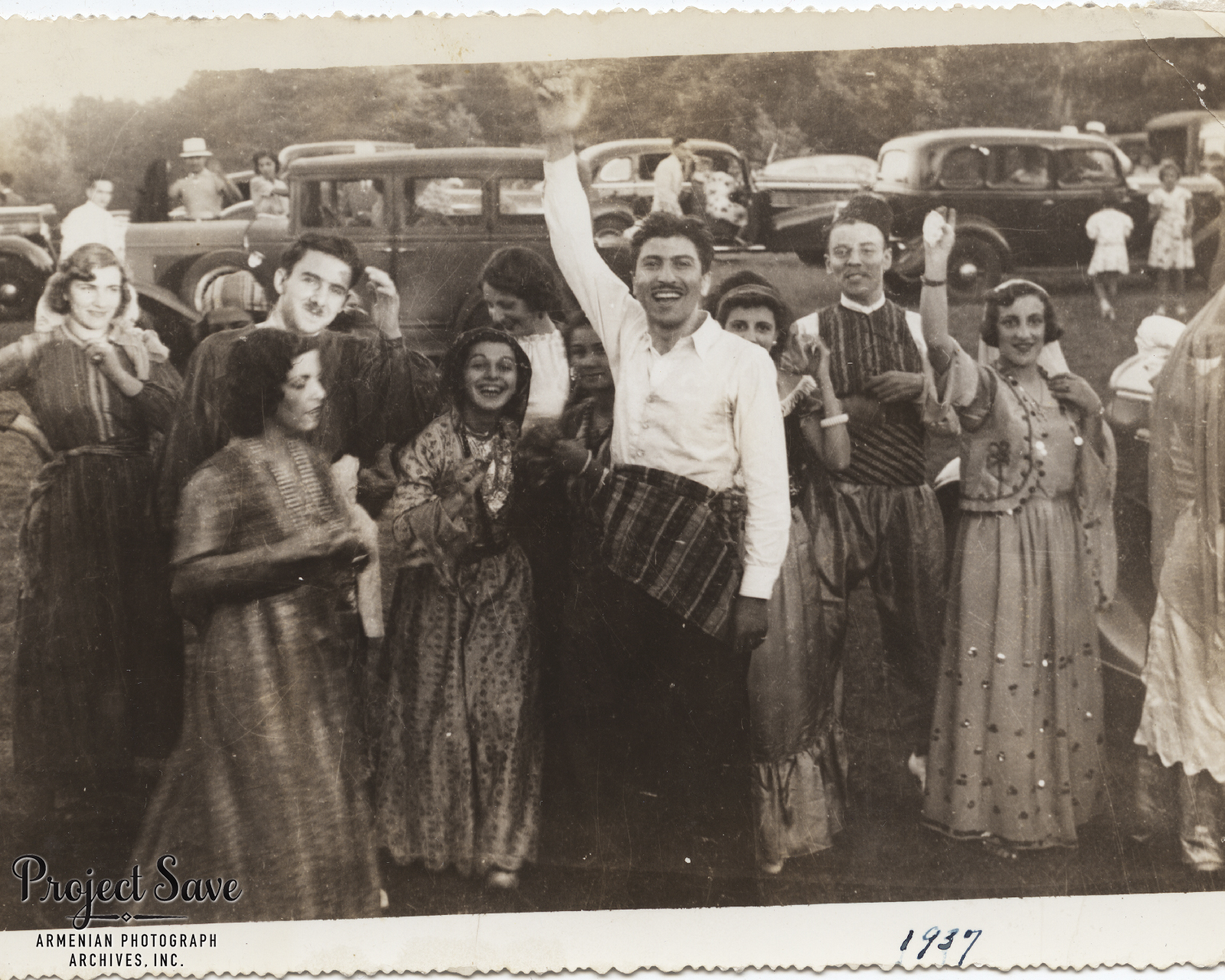

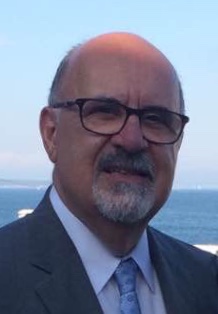


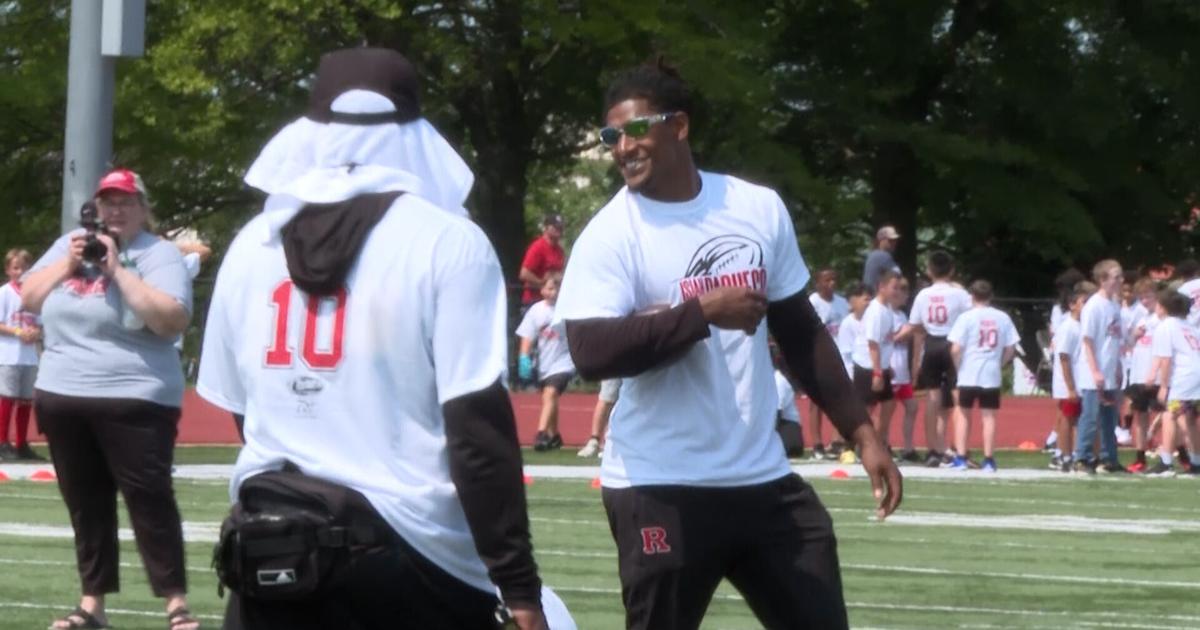

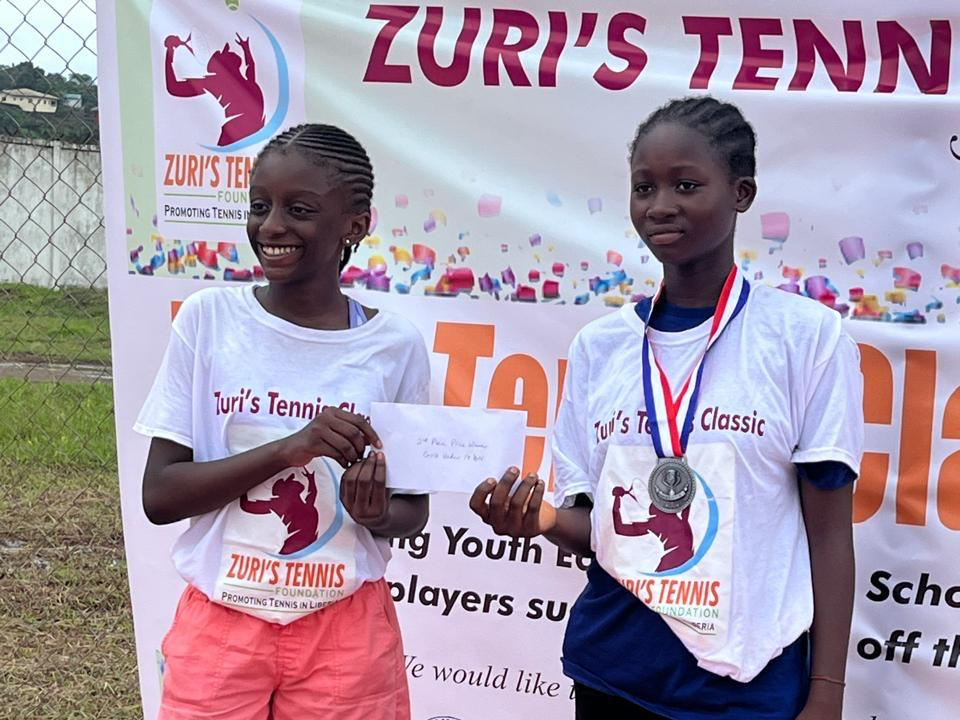





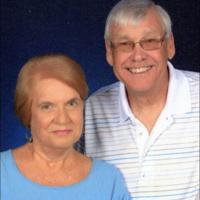











 Tim Legler can’t think of a better offensive matchup for OKC than the Pacers
Tim Legler can’t think of a better offensive matchup for OKC than the Pacers 






































 | NBA Classic Game
| NBA Classic Game



